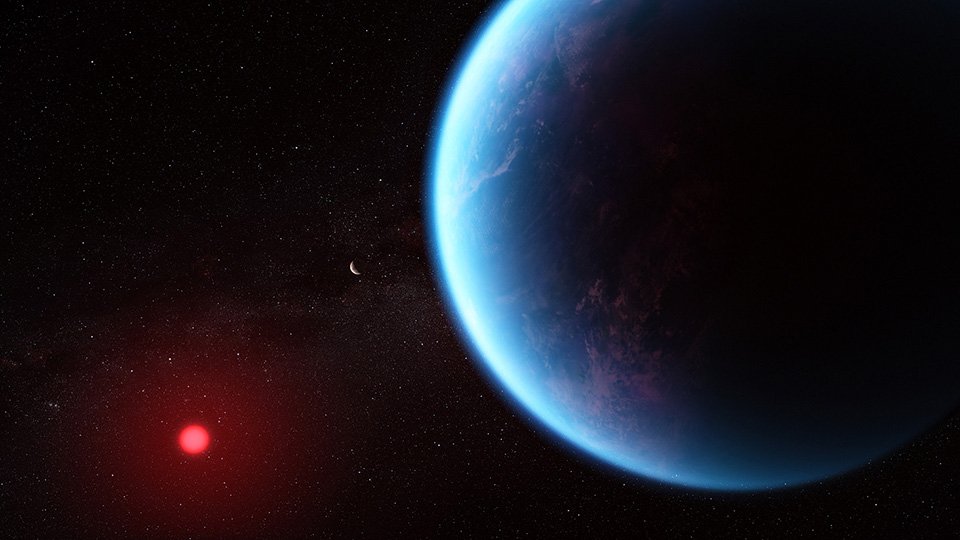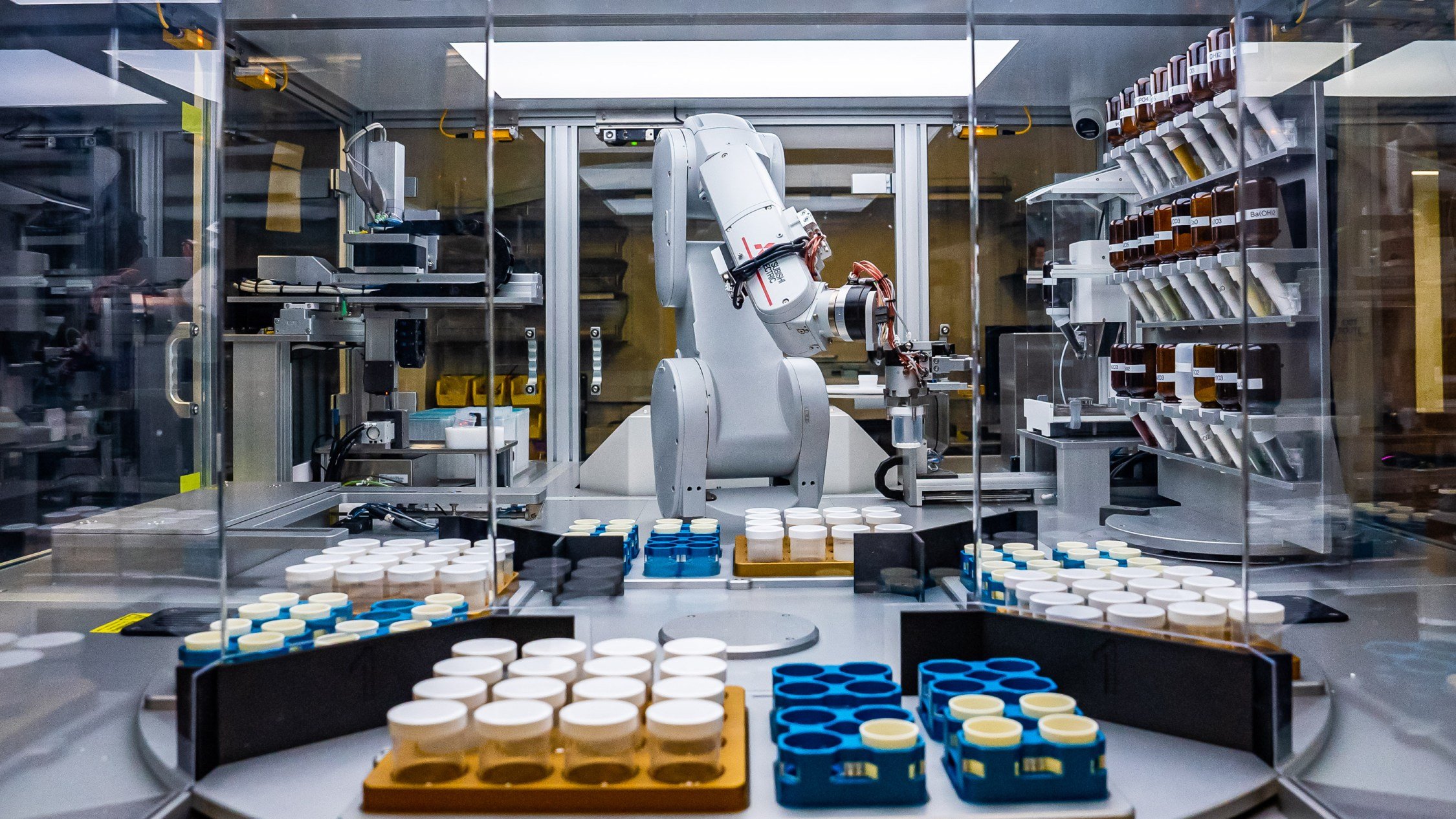
4/ The Imagination Revolution
Creating life systems
“As the world stands on the brink of a new era, there’s an urgent need to consider the role of technology in shaping the future. ”
The future is happening faster. The web arrived in 1989 and took twenty years to impact on many millions. ChatGTP arrived in 2023 and took only a few months to reach one billion users. The rapid evolution of technology has been a defining characteristic of recent decades, reshaping every facet of life.
The big drivers of change are sustainability and technology. We need new ways to tackle the pressing problems we face. The power of technology can accelerate the problems if we continue to use it in the same way. Balancing innovation with safety is crucial. AI can potentially drive widespread economic and social progress; for this to happen, the technology needs to be human-centric and support sustainability.
The focus is to shift away from technology for its own sake towards developing solutions that harmonize technological innovation with the well-being of people, our planet and our societies. It is important to think about the stories we tell, technology follows past imaginings. If we want a better future, we need to imagine new innovative life systems. A clear vision is required for a turbulent future. There will are no certainties, imagination and clarity are needed to lead a positive path into the future.
Banner image: Equilibrium by Penelope Guerineau
1/ The Biggest Scope
Decentralized reality
The exploration of space has long captivated our imagination, the possibility of discovering multiple worlds beyond our own. It represents a profound quest for understanding our place in the universe and the potential for life elsewhere. Each discovery, from distant exoplanets to the mysterious moons of our solar system, sparks new questions about the nature of worlds vastly different from Earth.
The journey into space is more than a physical exploration, it is a journey into the depths of human curiosity and the endless possibilities that the universe holds. Scientists have long speculated on the theory that life in its most primitive form may be the next step in cosmic evolution after the formation of planets.
In exploring the depths of space, humanity is moving towards a decentralized reality. This scale, stretching from the vastness of the universe to the interconnectedness of our world, urges us to embrace a broader perspective. It is about understanding and harmonizing the diverse realities and viewpoints that exist not just in space but also in our own interconnected global communities.
Technological advances create the possibilities of new explorations on a larger scale. Large amounts of data and computing power will be used to monitor global systems. The concept of space will be used on Earth to create new cities, factories and food systems developed using data, insights and human imagination.
Why this matters
Largescale thinking and exploring other worlds helps to inspire new ways to address shared challenges and opportunities.
AI weather model/ GraphCast
GraphCast, a machine learning and Graph Neural Networks based weather forecasting system, enhances medium-range forecasts by accurately predicting weather conditions up to 10 days ahead, utilizing decades of historical data to understand cause and effect in weather patterns. Read more here
Exoplanet K2-18 b/ NASA
An investigation with NASA’s James Webb Space Telescope into K2-18 b, an exoplanet 8.6 times as massive as Earth, has revealed the presence of carbon-bearing molecules including methane and carbon dioxide. Webb’s discovery adds to recent studies suggesting that K2-18 b could be a Hycean exoplanet, one which has the potential to possess a hydrogen-rich atmosphere and a water ocean-covered surface. Read more here
Starlink/ SpaceX
Starlink has passed the 2 million subscriber mark, SpaceX announced. The Low-Earth Orbit (LEO) satellite constellation is supplying broadband internet to more than 60 countries on all seven continents. See more here
2/ The Future of The Human Mind
Imagination & conciousness
Technology has been changing the way in which our brains work, shaping the very fabric of our brains. As artificial intelligence becomes more sophisticated, it challenges the traditional notions of human intellect. AI allows neuroscientists to better understand the brain’s unique complexities. As computers start to mimic human behaviour more closely, it emphasizes our unique human attribute of being aware of our own knowledge and beliefs. Our role as “knowing knowers” who are aware of their knowledge and beliefs, becomes more pronounced.
The assistance of AI can be seen as multidimensional as it impacts across different sectors and aspects of human life, from healthcare to culture. AI not only amplifies the global brain’s processing power and connectivity, but it can also be a catalyst for creativity, innovation, empathy, and ethical progress. Visualisation of systems in nature we cannot see can inspire new thinking and make people feel differently about their role and place on Earth.
The human mind is an amazing tool that can create whole worlds in its imagination. Imagination is not just about dreams and stories, it’s central to our consciousness. It shapes how we see and engage with the world around us. Imagination is not static, leaps in imagination have created new technologies, inspired social change and inspired explorations.
The use of AI will increase the search for meaning and purpose in life. Humans will explore deeper questions about the nature of consciousness, the soul, and the interconnectedness of all life. AI could serve as a catalyst for philosophical and spiritual discussions about what it means to be human and our place in the universe.
Why this matters
AI’s integration into our lives is reshaping human intellect and consciousness.
Human-AI Design/ Dinuo Liao
In his graduate project at Delft University of Technology, Dinuo Liao developed an AI model that could adapt to human tastes by having people rate AI-generated images of lamps, using their preferences to fine-tune the AI for better-liked designs, demonstrating AI's potential in aligning with human preferences in design. Read more here
Brain AI/ Sphinks Network
A sophisticated AI algorithm that performs advanced computational analysis to identify potential therapeutic targets for brain cancer. Read more here
SinkinSync/ Xin Feng & Tiange Wang
A cross-person EEG neurofeedback VR experience, where one user's brainwaves create 3D scenes for another user, aiming to foster cognitive and emotional connection in remote interactions by synchronizing brainwaves and incorporating gamified elements. Read more here
New peace/ Timur Si-Qin
Tool for a futuristic form of spirituality that transcends traditional dualities, blending natural and synthetic elements to redefine humanity's role in a rapidly evolving world. See more here
3/ Advanced Nature
Forms of life
Technology has created the posibility to create nature, blending the elements of nature with the man-made. The organic and synthetic forms come together, creating new life forms and insights. This fusion has the potential to reshape the essence of life itself.
Innovation intersects with the natural world at a time when there is a critical need for ecological preservation. Big data and artificial intelligence offer more efficient management of natural resources, ensuring the conservation and regeneration of the planet’s assets, a symbiosis of technology and nature.
The rise of diverse life forms, both biological and artificial, prompts a re-evaluation of the conventional definition of life. Integrating biotechnology and synthetic biology into the ecosystem expands biodiversity beyond traditional categories. These new entities, part of both the natural and the engineered worlds, call for an expanded, new and inclusive view of biodiversity.
At the micro level, advances in biotechnology enable the manipulation and engineering of biological cells, offering insights into the fundamental building blocks of life. By understanding and harnessing cellular processes, scientists can unlock new possibilities for medical treatments, environmental remediation, and sustainable food production.
Acknowledging the interconnected health of the planet and all its inhabitants links directly to the future of how we use technology. As exploration extends to the cosmos, the nurturing of the Earth remains vital, grounding all new developments and securing a sustainable foundation for all forms of life.
Why this matters
Integration of technology and ecology is crucial for shaping a sustainable future.
Wh331 0f 1!f3/ Wang & Soderstrom
This installation explores the entanglement with the digital world and portrays a digital life form’s journey through a symbolic wheel of life to achieve digital nirvana, reflecting on the impact and risks of our increasingly virtual existence. See more here
After the Explosion, Before the Collapse/ Conrad Shawcross
Fracture sculptures based on the tetrahedron, geometrically a four-sided non-tessellating form and conceptually the symbol of an indivisible unit of matter. See more here
GNoME/ Google DeepMind
Google DeepMind’s new AI tool helped create more than 700 new materials that are now being tested. A new lab uses machine learning and robotic arms to engineer new materials without the help of humans. Read more here
4/ Future Mythology
Forging a tomorrow
Mythology has always been a vital part of human culture, reflecting our deepest values, fears, and aspirations. Future mythology describes the combining of science fiction and spiritual philosophies. By imagining future mythologies, we can explore how our cultural narratives might evolve as our societies and technologies change. It provides a bridge between our past, present, and future, maintaining a sense of continuity.
Through the use of mythology, we can explore potential future scenarios in a more nuanced way. It allows us to envision not just the technological aspects of the future but also the natural, human, cultural, and social dimensions. Myths are timeless, each generation of storytellers adds another layer of fact and fiction to the stories. They show us the extremes of our experiences, the hardships of life, sudden and catastrophic events, radical reversals of fortune and seemingly arbitrary events that can change our lives.
Future mythology blends ancient and modern narratives, highlighting humanity’s shared journey. It mixes past and future and serves as a link between generations, connecting old wisdom with new technological possibilities. In developing new technologies and societies, it keeps the diverse cultural histories that shape civilization in focus, ensuring that progress honours and respects these rich traditions.
Why this matters
Envisioning future mythologies fosters a deeper understanding of how past, present, and future intersect.
Ra/ Sabine Marcelis
Sculpture inspired by the ancient Egyptian reverence for the sun god, Ra, and the invention of the sundial in Egypt, crafted from solar glass, a transformative material capable of harnessing solar energy for power, potentially enabling self-sufficient energy generation in skyscraper windows. See more here
Cannot Be Broken and Won’t Live Unspoken/ Anne Samat
Shrine made from found objects symbolizing love, individuality, and liberation, mixing speculative science fiction and local narratives. See more here
Cloud Walkers/ Yuima Nakazato
Nakazato and his team, used advanced technologies like Brewed Protein and Biosmocking to create a unique collection with complex 3D shapes that surpass what could be achieved by hand, highlighting the innovative potential of these new textile techniques. See more here
Further reading
God, Human, Animal, Machine/ Meghan O’Gieblyn
Meghan O'Gieblyn addresses the shift from a historically magical worldview to a scientific materialism that questions the reality of consciousness and souls, and now grapples with the rise of technology and AI, urging a reevaluation of existential concepts like identity and life's purpose.
The Coming wave/ Mustaf Suleyman
In The Coming Wave, Mustafa Suleyman, co-founder of DeepMind, explores the imminent transformation of our world by AI and emerging technologies, forecasting a future where AI reshapes every aspect of life, from business to government, amid challenges of controlling such powerful tools and the dilemma between prosperity, surveillance, and potential global disorder.
Upgrade/ Blake Crouch
Sci-fi book about human enhancement. At first, the main character, Logan Ramsay isn’t sure if anything’s different. He just feels a little sharper. Better able to concentrate. Better at multitasking. Reading a bit faster, memorizing better, needing less sleep. Something’s happening to his brain. He becomes central to a potential new phase of human evolution, challenging the boundaries of humanity and its future. What if humanity's only hope for a future lies in engineering our own evolution?
The Genesis Machine/ Amy Webb & Andrew Hessel
Amy Webb and Andrew Hessel's exploration of synthetic biology, a field reshaping family, disease treatment, and food production through genetic code modification, highlights its transformative potential and risks, including ethical dilemmas, bio-cyber threats, and the impact on the bio-economy, urging a thoughtful approach to its future applications and moral implications.
















